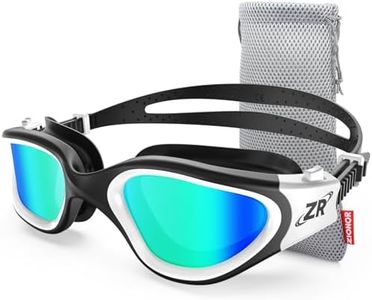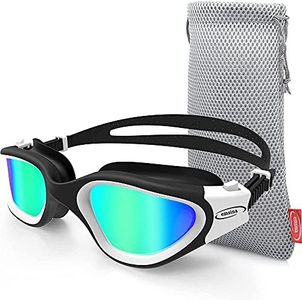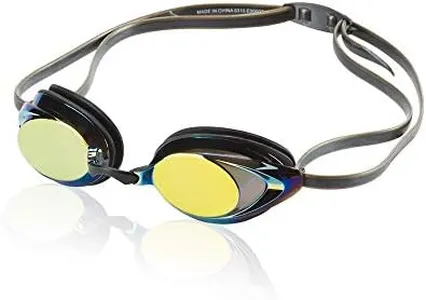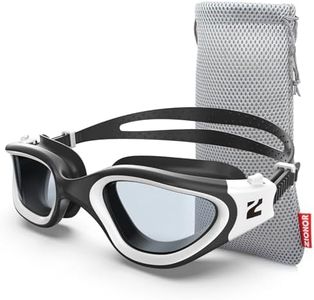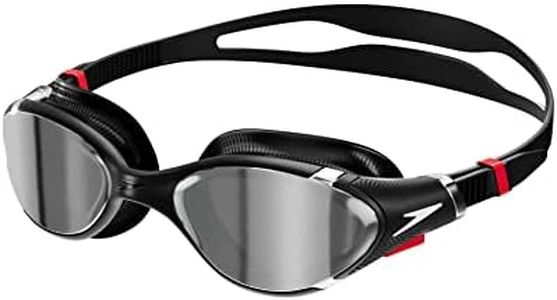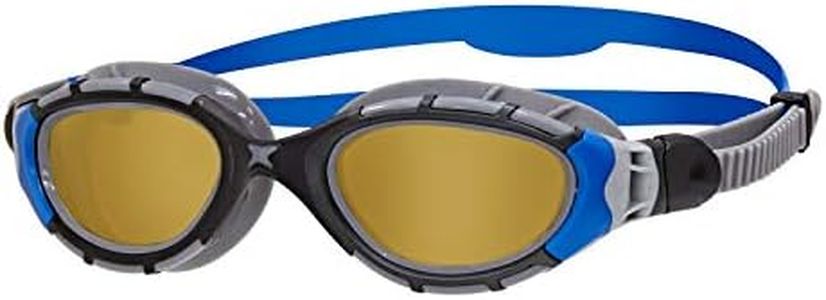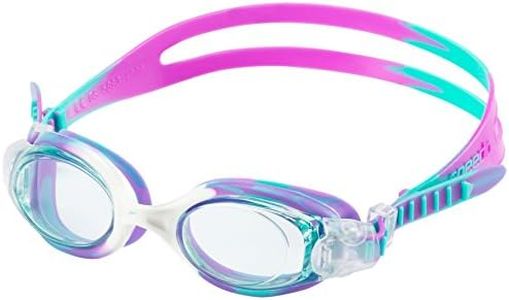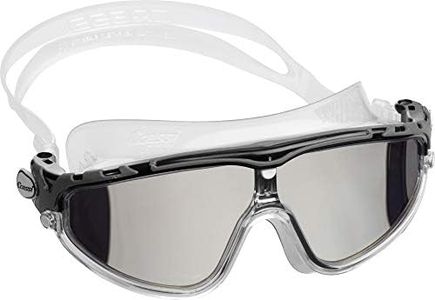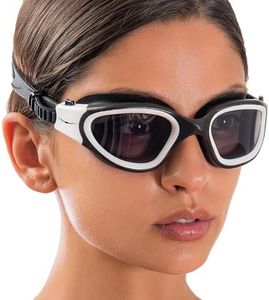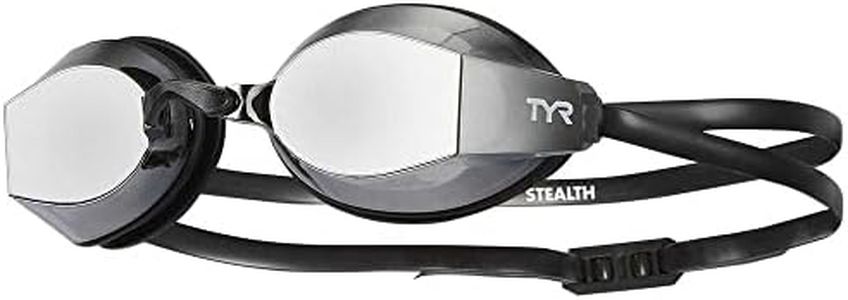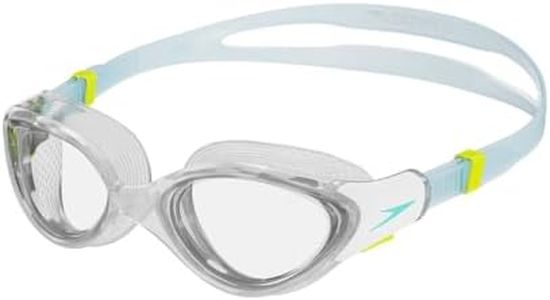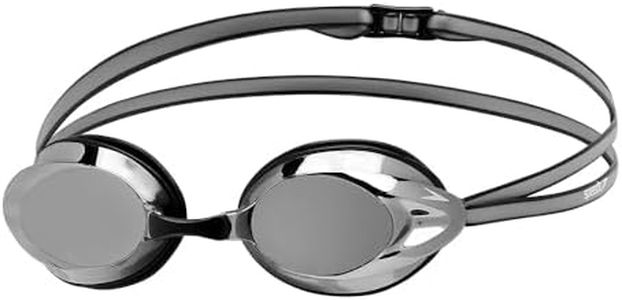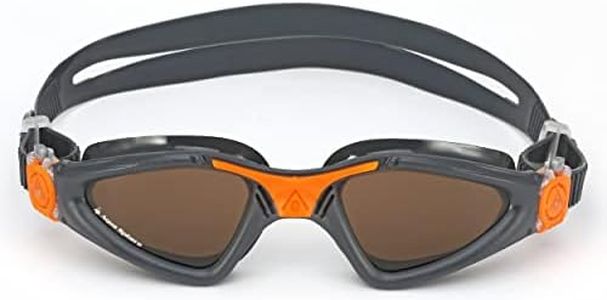We Use CookiesWe use cookies to enhance the security, performance,
functionality and for analytical and promotional activities. By continuing to browse this site you
are agreeing to our privacy policy
10 Best Open Water Swimming Goggles
From leading brands and best sellers available on the web.By clicking on a link to a third party's website, log data is shared with that third party.
Buying Guide for the Best Open Water Swimming Goggles
Choosing the right open water swimming goggles can greatly improve your comfort, performance, and visibility while swimming outdoors in lakes, seas, or rivers. When selecting goggles for open water, it’s crucial to consider how they fit on your face, how well you can see in various lighting conditions, and how secure and comfortable they remain during long swims. Being thoughtful about the key features and focusing on your own swimming needs will ensure you enjoy every swim safely and clearly.Lens Tint and TypeLens tint and type refer to the color and material of the lenses used in swimming goggles. This is important because it affects your vision clarity and eye protection in different lighting conditions common in open water swimming. Lenses come in clear, tinted, mirrored, or polarized options. Clear lenses are best for low light or cloudy days; tinted lenses help in moderate sunshine; mirrored lenses work well in very bright light to reduce glare; and polarized lenses reduce strong glare from water surfaces and can enhance contrast. To pick the right lens, think about where and when you usually swim: if you swim at sunrise or when it’s overcast, clear or lightly tinted are adequate. For midday or sunny-day swimmers, mirrored or polarized lenses are the better choice.
Field of ViewThe field of view determines how much you can see around you while wearing the goggles. This matters a lot in open water where you need to see other swimmers, buoys, and changes in conditions. Goggles can have a narrow or wide field of view. Narrow designs focus more straight ahead and are more common in pool racing, while wider lenses or curved shapes provide better peripheral vision. For open water, a wider field of view is typically more useful, so if you want to feel confident spotting landmarks and avoiding collisions, prioritize goggles that mention a wide or panoramic view.
Fit and ComfortFit and comfort describe how well the goggles seal against your face and how comfortable they remain during prolonged use. This is especially crucial in open water, where you might swim for longer periods and want to prevent leaks, pressure marks, or discomfort. Goggles vary in size, gasket materials, and strap design. Softer silicone gaskets and easily adjustable straps tend to offer more comfort for a range of face shapes. To choose the right fit, consider trying on different shapes to see what seals well without pressing too hard; if you’re prone to skin irritation or swim for long distances, prioritize flexible materials and cushioned gaskets.
Anti-Fog and UV ProtectionAnti-fog and UV protection describe special coatings on the goggles’ lenses that prevent them from steaming up and shield your eyes from harmful ultraviolet rays. These features are important because foggy goggles can be unsafe and annoying, while UV rays can damage your eyes during long swims outdoors. Some goggles come with built-in anti-fog coatings, but even the best may wear off over time and might need occasional reapplication with spray. For UV, ensure the packaging mentions it, as this will reduce glare and protect eye health. Choose goggles with both features if you often swim in bright sunlight or variable weather.
Adjustability and Strap DesignAdjustability and strap design refer to how easily you can modify the goggles to fit your head securely and comfortably. This is important to avoid leaks or slippage caused by sudden waves or shifts in movement that are common in open water. Some goggles have simple single straps, and others feature split or double straps for better stability. Adjusters can be located at the back or sides and may be push-button or sliding types. For open-water swimmers, quick and easy adjustability is especially helpful, so look for straps that you can tighten or loosen on the go, without taking off the goggles.
